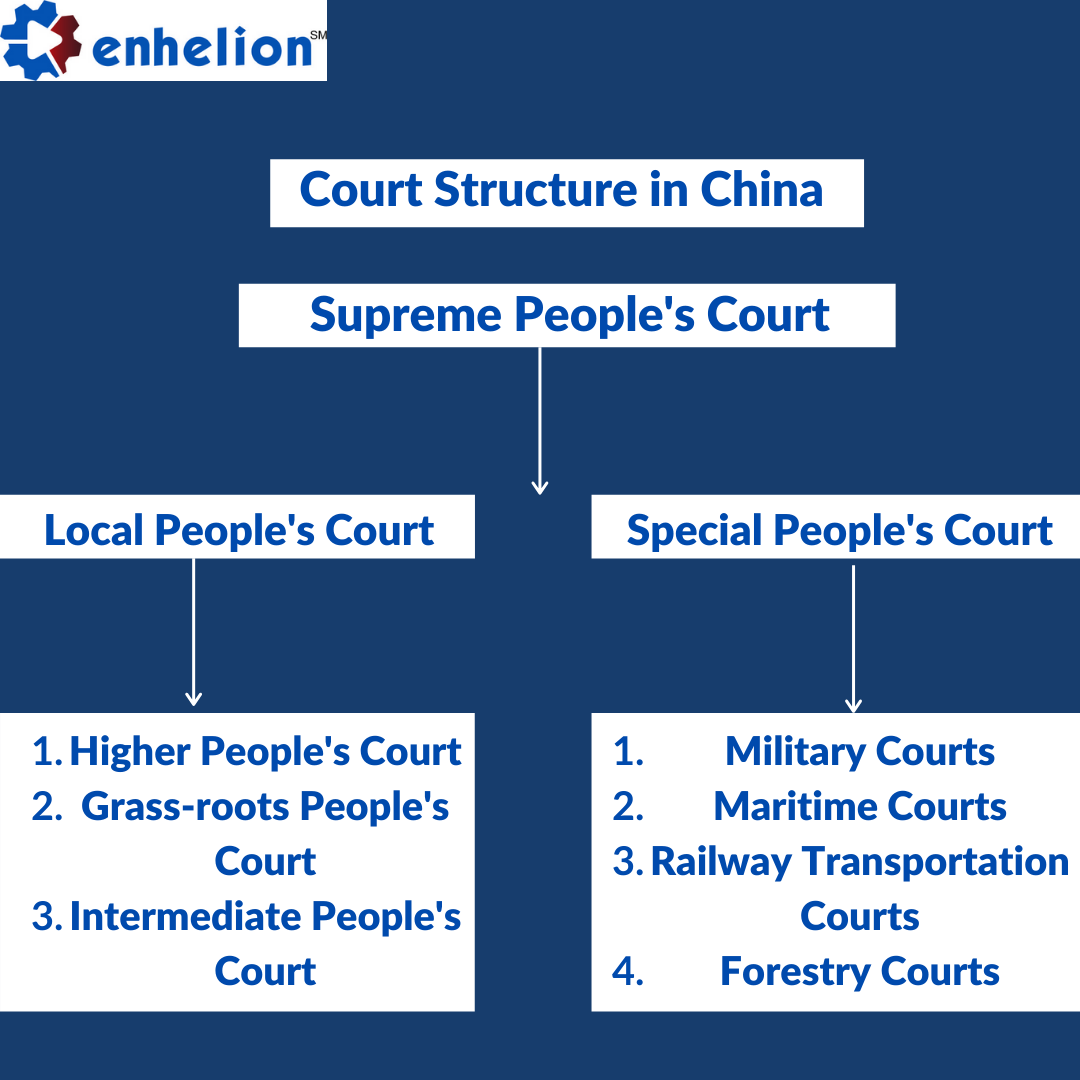By: Muskan Sharma
Introduction
Trademark Dilution is an act when someone uses a trademark, without any authority, that tarnishes or blurs the image of a famous mark. Dilution is a type of violation of a trademark, in which the defendant’s use, though not causing the likelihood of confusion, blurs distinctiveness or tarnishes the image of the plaintiff’s famous mark. The protection provided by Section 29(4) of the Trademarks Act, 1999, to the dissimilar goods and services, is based upon the ‘doctrine of dilution’.
The irony is that the expression ‘dilution’ has not been used expressly anywhere in the Trademarks Act, 1999. A plain reading of Section 29(4) of the Trademarks Act, 1999 reveals that a person infringes an already registered trademark if he, not being a person authorized with the permitted use, uses a trademark which—
- is similar to or identical with the already registered trademark, and
- is used to represent those goods and services which are way different from those for which the trademark was first registered, and
- the registered trademark is a famous mark, and
- is detrimental to the distinctive characteristics of the registered trademark.
Learn more about Intellectual Property Rights with Enhelion’s Online Law firm certified Master Course!
Importance of Doctrine of Dilution
The purpose behind the protection of trademarks is to avoid weakening or dilution of trademarks. If the subsequent user resorts to the use of the similar or near the similar mark in respect of the same goods or services, it would not only decrease the value of the famous mark i.e. trademark of the prior user but ultimately result in dilution of the mark itself. Such an invasion made by the subsequent user is nothing but a commercial invasion. It may yield greater profits to the subsequent user for sometime but will harm the market in the long run.
A Trademark is like a property and no unauthorized person is allowed to commit trespass on it. Such a kind of dilution or weakening of the famous mark, therefore, need not be accompanied by the element of confusion.
In Caterpillar Inc. v. Mehtab Ahmed[1], the Delhi High Court has highlighted the importance of the ‘Doctrine of Dilution’. The Delhi High Court observed:
“So far as doctrine of dilution is concerned, it is an independent and distinct doctrine. The underlying object of this doctrine is that there is presumption that the relevant customers start associating the mark or trade mark with a new and different source. It results in smearing or partially affecting the descriptive link between the mark of the prior user and its goods. In other words, the link between the mark and the goods is blurred. It amounts to not only reducing the force or value of the trade mark but also it gradually tapers the commercial value of the marks slice by slice. Such kind of dilution is not a fair practice that is expected in trade and commerce”[2].
Learn more about Intellectual Property Rights with Enhelion’s Online Law firm certified Master Course!
Trademark Dilution in India and USA
Indian Courts have recognized the following as essentials of dilution under Section 29(4) of the Trademarks Act, 1999:
- The impugned mark should be similar or identical to the injured mark,
- The one claiming injury caused by dilution must prove that his trademark is a famous mark,
- The use of the impugned mark is without any due cause and authorization, and
- The use of the impugned mark amounts to taking unfair advantage of the reputation of the famous mark or is detrimental to the distinctive characteristics of the famous mark.
The US Courts have a stricter approach than Indian Courts. In India, the trademark needs to have a reputation whereas according to the US laws, the trademark should be a famous mark. In the US, the user of an averagely well-known trademark cannot claim for dilution of a trademark. A clear distinction has to be made between a mark with a reputation and a famous mark. Dilution rights are indeterminate in nature and therefore, the standard of fame required to claim dilution rights should be high. A trademark that is not distinct and famous cannot be diluted.
Learn more about Intellectual Property Rights with Enhelion’s Online Law firm certified Master Course!
In the USA, the Trademark Dilution Revision Act, 2006 has been enacted to deal with Trademark Dilution. The Act provides that to determine whether the impugned mark satisfies the required degree of fame, the following factors should be taken into account:
- The extent, duration, and geographic reach of publicity and advertising of the trademark, whether publicized or advertised by the owner or third party,
- The volume, amount, and geographic extent of sale of goods or services offered under the representation of the famous mark,
- The extent of the recognition of the famous mark, and
- Whether the famous mark was registered in some register or under any previous legislation.
Forms of Trademark Dilution
Trademark dilution does not cause confusion and comes mainly into two forms:
- Blurring, and
- Tarnishment
Take the example of ‘Coca Cola’ and ‘Coke’. Both the names and the shape of the bottle in which the beverage often comes are famous marks. If a third firm markets its product as ‘Coca Cola’, it will lead to ‘trademark infringement’. If a third firm markets its product as ‘Sugary Cola’ in Coke-shaped bottles, it can weaken the uniqueness of the characteristics of the bottle. This will amount to Blurring. However, if another firm sells vodka and label it as ‘Coca Cola Vodka’, it can damage the brand image associated with the name ‘Coca Cola’. It will amount to tarnishment.
Therefore, a conclusion can be drawn that when it affects characteristics associated with the name of a famous brand or a famous mark, it is blurring. However, if the process leads to the weakening of the distinctiveness of the name of the famous brand or famous mark, it is tarnishment.
Learn more about Intellectual Property Rights with Enhelion’s Online Law firm certified Master Course!
Dilution by Blurring
Blurring refers to the subverting of the distinctiveness caused by the unauthorized use of a famous mark on dissimilar products. Blurring takes place when a third party uses a trademark in such a way that it decreases the likelihood that the famous mark will be a unique identifier of the prior registered products and services. It hinders the market growth of the owner of the famous mark being used.
Dilution by Tarnishment
Dilution of a trademark may also be performed by either sullying or impairing a distinctive quality of a trademark of an already existing user. This is usually known as ‘dilution by tarnishment’. The purpose behind such an invasion is to degrade, tarnish, or dilute the distinctive quality of a trademark. For instance, if an attempt is made to communicate an idea that a particular product of a senior user is injurious to the health or is inferior in quality and some epithet is used in the advertisement. If one has to convey the idea that Coca Cola is not good for health, and his advertisement campaign states Drink Cocaine in the same font and script as used by the senior user, he will be considered liable for dilution of a trademark.
The act of dilution of a trademark by way of tarnishment is mostly with regard to strong, well-recognized, and famous trademarks. It has the effect of weakening or diminishing the identification value and strength of the trademark. There is no need to establish the likelihood of confusion with regard to affiliation, source, and connection. This is so as some potential buyers may be confused as to the source or affiliation while others may identify the source or affiliation without any hassle.
Landmark Cases
- Bata India Ltd. v. M/S. Pyare Lal & Co. Meerut City & Ors.[3]
The Plaintiff company ‘Bata India Ltd.’ came to know about ‘Batafoam’ which used to deal in sofas, cushions, mattresses, and similar items. ‘Batafoam’ was using the name ‘Bata’ in the same form and style and an average customer would’ve mistaken both the trademarks as the same.
The Hon’ble Allahabad High Court held that this action of the defendant of using Bata’s trademark will cause damage to the reputation of the plaintiff. It is a trespass on the right of the plaintiff over the trademark ‘Bata’. Bata’ is neither a fancy name nor a paternal name and not related to the defendant in any case. It is a name well-known in the shoe industry. The Court observed that the defendant is causing not just deception in the minds of the buyers but an injury to the plaintiff as well.
- Daimler Benz Aktiegesellchaft and Anr Hybo Hindustan[4]
The Delhi High Court observed that the use of the trademark ‘Benz’ for underwear by the defendant whereas the plaintiff has been already using the same trademark ‘Benz’ for cars would be discrimination against the usage of the pre-acquired trademarks by the plaintiffs. The Delhi High Court, therefore, granted the injunction which the plaintiff sought against the defendant.
- Ford Motor Company CR Borman[5]
In the present case, the question before the Court was whether the use of the trademark ‘Ford’ to represent shoes by the defendant amounts to an infringement of the plaintiff’s right over the famous mark ‘Ford’ to represent automobiles.
The Court observed that the use of a famous mark for two different classes of products also amounts to tarnishment of a trademark. Therefore, the defendant’s action of using the trademark ‘Ford’ to represent shoes does amount to an infringement of the plaintiff’s right over the famous mark ‘Ford’ to represent automobiles.
- ITC Ltd. v. Philip Morris Products SA[6]
The plaintiff was the owner of the ‘WELCOMEGROUP’ logo containing a device displaying folded hands. In a suit for dilution of trademark, the Hon’ble Court stated that the plaintiff has to pass a more stringent test (than the deceptive similarity standard) of proving similarity or identity. The observed that a global look, rather than a focus only on the mutual elements of the mark, is to be taken while deciding if the impugned or junior mark infringes, by dilution of an existing registered mark. The plaintiff’s mark resembles a ‘W’ but the gesture of ‘Namaste’ is discernible. All the defendant’s previous marks resemble ‘M’ (Maybe Marlboro). Considering the overall marks for the logo, without cataloguing minutely the dissimilarities or similarities, this court discerns no ‘similarity’ or ‘identity’ in the overall presentation of the two marks.
- Bayerische Motoren Werke AG Om Balajee Automobile (India) Private Limited[7]
In the present suit, the applicant moved an application before the Delhi High Court seeking ad interim injunction against the defendant for using ‘DMW’ mark for e-rickshaws it manufactures. The plaintiff pleaded that ‘BMW’ is a famous mark and represents the existence of ‘Bayerische Motoren Werke’, A German automobile manufacturing company. The defendant used a deceptively similar mark for e-rickshaws. The last two letters of both the trademarks are ‘M’ and ‘W’ and the first letter of both marks ‘B’ and ‘D’ are phonetically similar. Therefore, the mark ‘DMW’ and ‘BMW’ are deceptively similar.
Learn more about Intellectual Property Rights with Enhelion’s Online Law firm certified Master Course!
The Delhi High Court observed that the defendant had adapted to the essential features of the famous mark of the plaintiff and the phonetic and visual resemblance was apparent. ‘DMW’ mark was supposed to cause confusion in the minds of the buyers due to the deceptive similarity between the two.
The Court held that in the case of famous marks like ‘BMW’, the use of a phonetically and visually similar trademark by the defendant does constitute infringement under Section 29(4) of the Trademarks Act, 1999 because it is detrimental to the reputation of plaintiff’s famous mark ‘BMW’. It was further held that the ‘deceptively similar’ standard was not a part of the infringement under Section 29(4) of the Trademarks Act, 1999, and the question of deceptive similarity would not arise in trademark dilution cases.
Conclusion
Trademark Dilution is, therefore, a process of trademark infringement where the subsequent use of a trademark dilutes the essence of a famous mark and uses the diluted mark for his own publicity and advertisement. Trademark dilution can be carried out by two methods namely, Blurring and Tarnishment. The idea behind the protection of famous marks from the process of trademark dilution is to preserve their uniqueness and distinctive characters. It also prevents the birth of confusion in the minds of buyers with respect to the goods and services associated with a brand’s famous mark.
In India, the trademark dilution regime is governed by Section 29(4) of the Trademarks Act, 1999 whereas in the US, the trademark dilution regime is regulated by the Trademark Dilution Revision Act, 2006. In India, there needs to be some level of reputation of the already registered trademark to constitute a case of trademark dilution whereas in the US, the already registered trademark should be a famous one to constitute a case of trademark dilution. The concept of Trademark Dilution under both regimes is similar to a great extent but there are slight distinctions like the standard of ‘reputation’ and ‘fame’.
Learn more about Intellectual Property Rights with Enhelion’s Online Law firm certified Master Course!
[1] 2002 (25) PTC 438 (Del)
[2] Ibid.
[3] AIR 1985 All 242
[4] AIR 1994 Delhi 236
[5] MIPR 2008 (3) 418
[6] 2010 (42) PTC 572 (Del)
[7] CS (COMM) 292/2017


